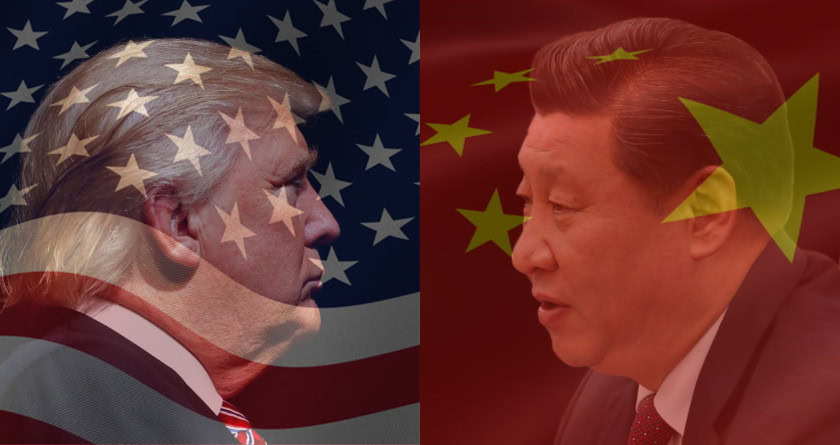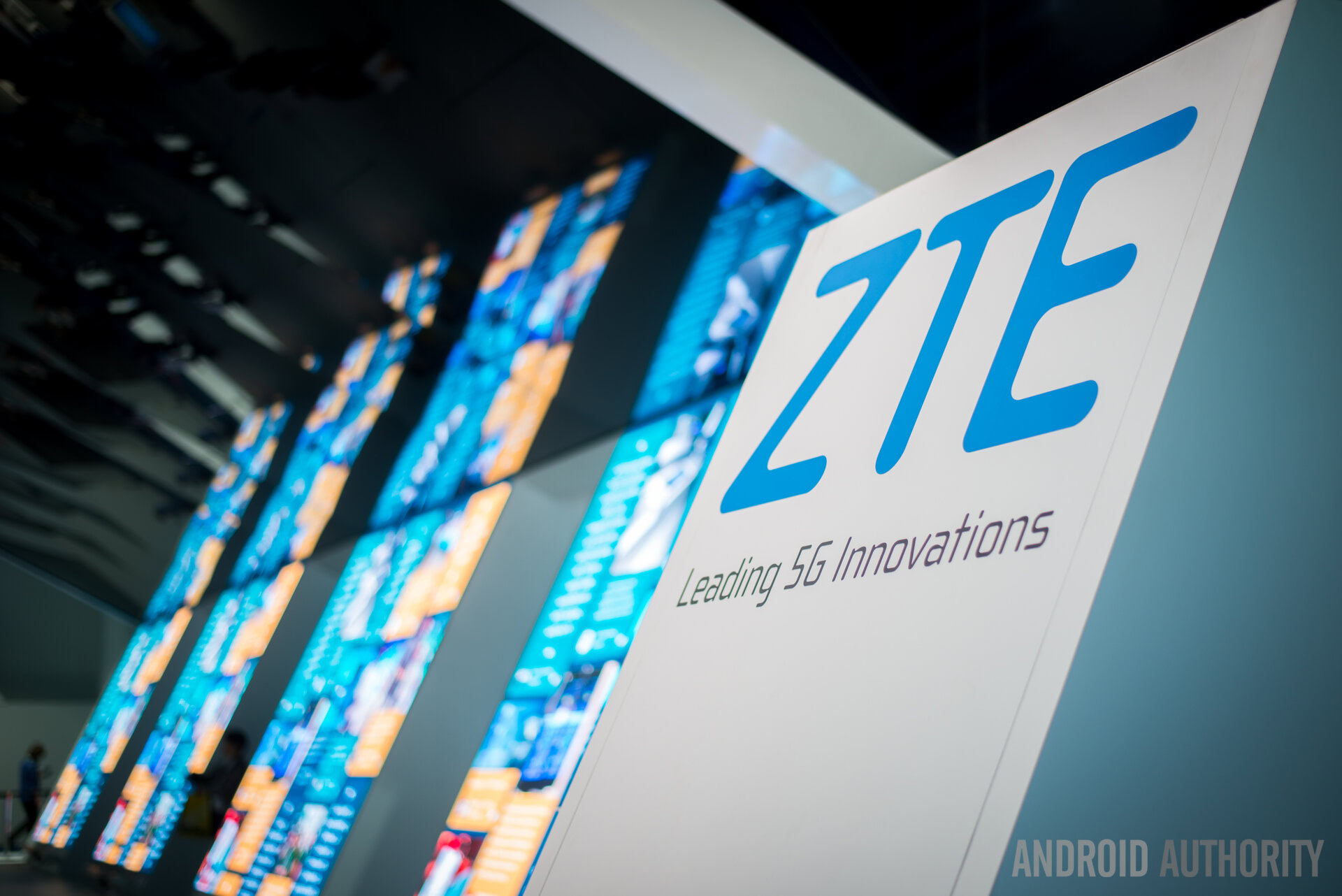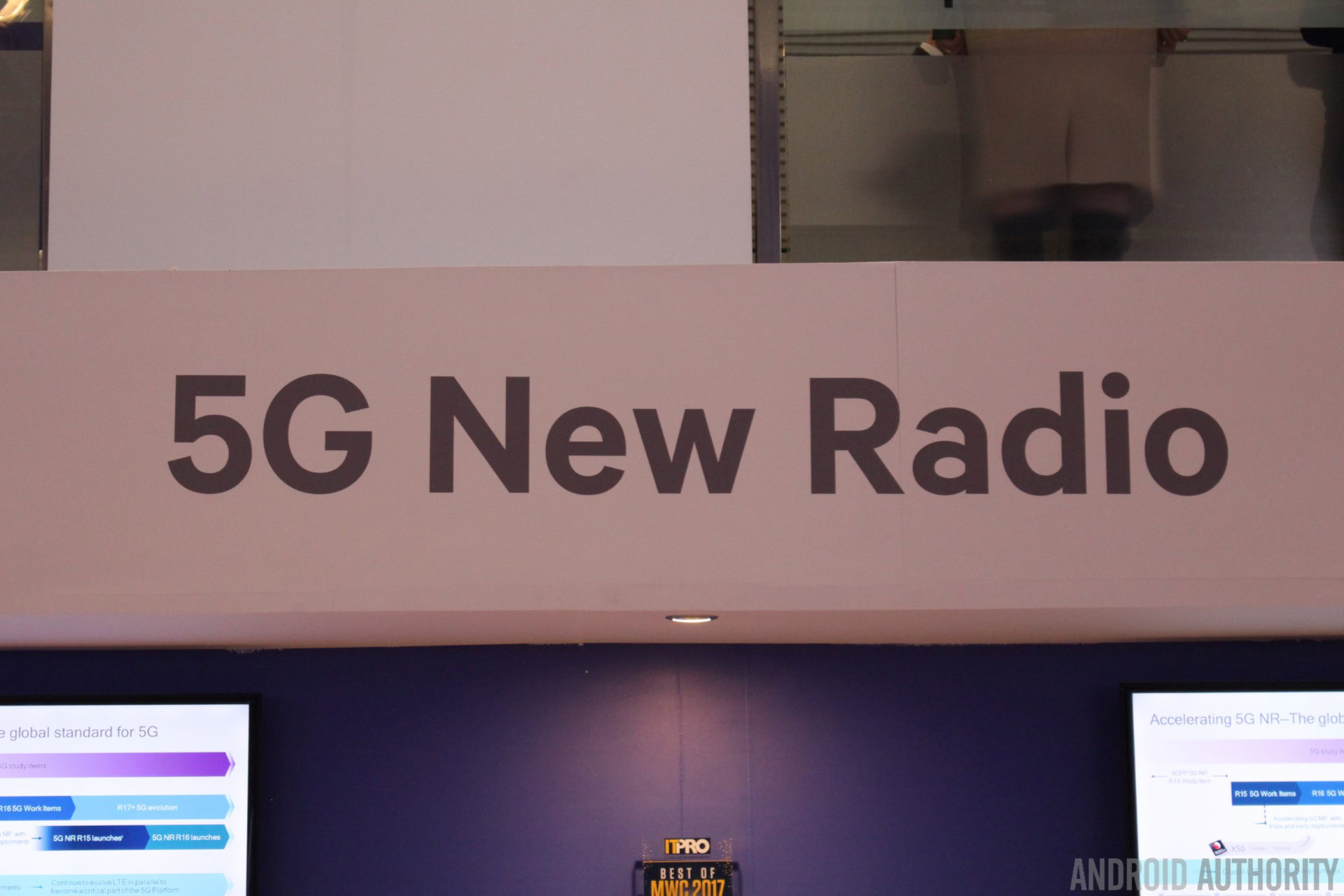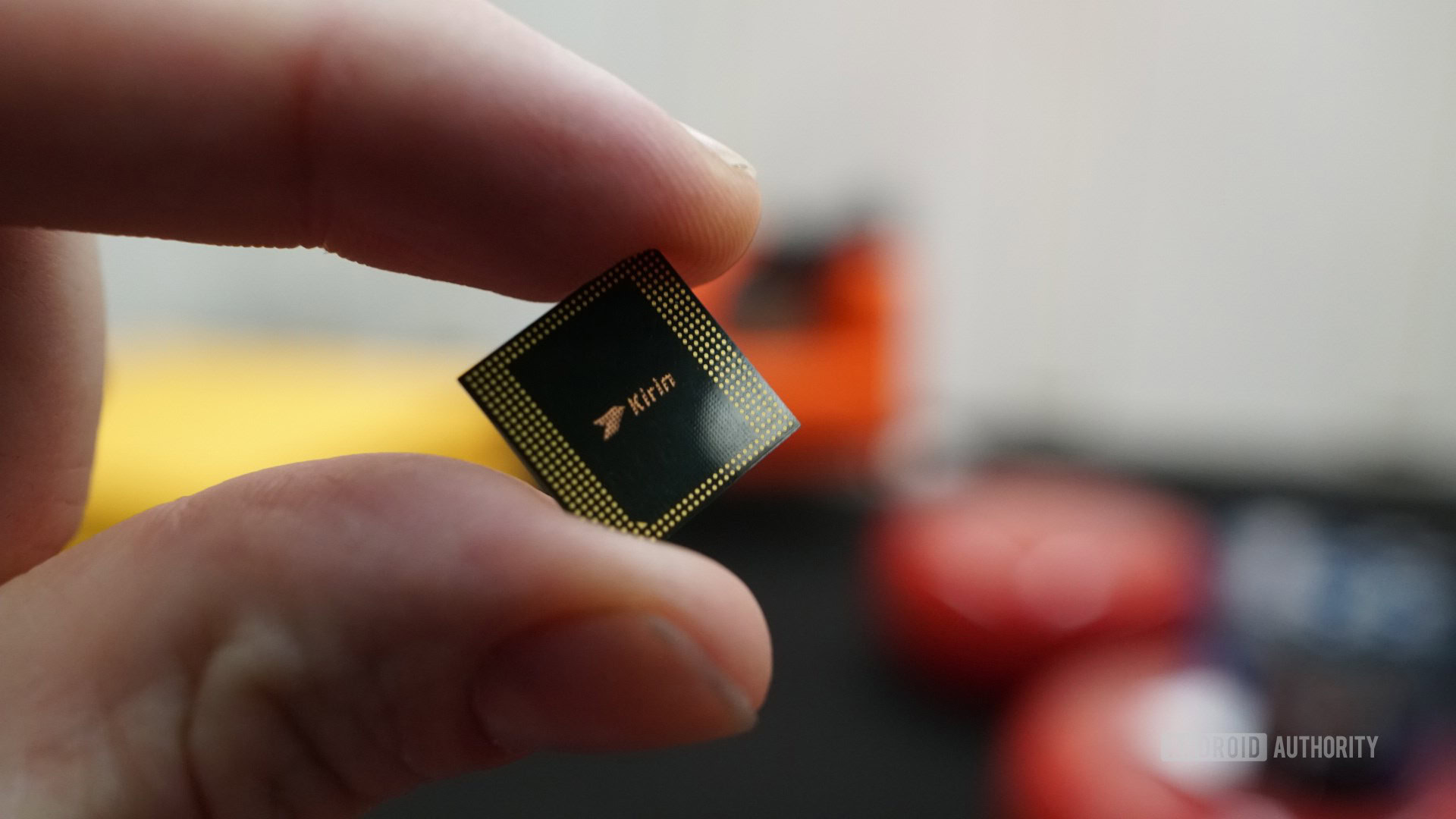Affiliate links on Android Authority may earn us a commission. Learn more.
How the US' attempt to keep Chinese tech down could backfire
April 25, 2018

This year, the long-running skepticism of Chinese technology companies in the United States has boiled over into what many are already calling a trade war for the world’s semiconductor industry. As punishments and tariffs escalate, China is increasingly looking for an alternative solution, preparing to push capital into homegrown semiconductor companies, which could heap pressure on some of the biggest names in the U.S.-led industry.
Earlier this month, Chinese telecommunications giant ZTE was banned from purchasing U.S.-made hardware and software for use in its products by the U.S. Department of Commerce, following a lengthy investigation into violations of the U.S.-Iran trade embargo. The repercussions for ZTE will likely be substantial, but many think China won’t allow the company to go under.
This decision follows a surprise intervention earlier in the year by U.S. lawmakers, based on issues brought forward by intelligence committees, to prevent AT&T from selling HUAWEI smartphones in the country. In an even bigger case of industry meddling, President Donald Trump issued an executive order prohibiting the sale of Qualcomm to rival Broadcom, based on fears about growing Chinese influence over the semiconductor industry.


Unsurprisingly, these incidents are provoking a response in China, both from the country’s largest technology companies and the government. Back in 2016, Chinese President Xi Jinping set out a blueprint for the country to become an internet and technological superpower. The country is now moving quickly to strengthen the core of its booming technology sector and end its dependence on U.S. semiconductor companies. The ZTE trade-ban appears to have been the final straw.
Seeing red
ZTE is seen as an integral part of China’s presence in the technology industry, as a leading global telecommunications company, and a prominent player in the development of 5G. The ban is a major blow not only for ZTE, who called the decision unfair, but for China’s presence in the broader mobile industry and its goal to recast itself as a technological innovator.
Following the decision, China’s Commerce Ministry found reason to raise concerns over Qualcomm’s pending acquisition of Dutch company NXP Semiconductors. Qualcomm has already secured permission from eight other major national antitrust regulators, but China’s new objections could kill the deal and cost Qualcomm an expensive termination. The case remains under review pending a July 25 deadline. A rejection would be a major blow for Qualcomm, which is keen to expand beyond its smartphone base, and a strike-back for China.
Following the blocked Broadcom bid, China now holds the key to Qualcomm's takeover of NXP.
Although China could inflict pain on Qualcomm, that’s about the extent its leverage over the U.S. at the moment. The White House is soon expected to follow up its $50 billion in tariffs on Chinese imports with a further $100 billion. Given China’s trade surplus of $500 billion exports to the U.S., versus $130 billion worth of imports from the country, there’s little room to hit back with tariffs of its own.

HUAWEI is expected to pick up some of ZTE’s business, but with the U.S. already clamping down on this company, this technological dependency could be used against another of the country’s major telecommunications companies. For China, there’s little choice left but to accelerate plans to bulk up its national chip industries and reduce its dependence on U.S. giants.

Trouble ahead for U.S. tech giants
Days ago, Xi Jinping outlined his vision for country’s future as an internet and technology power, pledging more state support to achieve breakthroughs in “core technologies” like semiconductors, where the U.S. currently leads China by a notable margin. The sentiment has been echoed by Chinese internet giants Alibaba and Tencent, who also called for enterprises to own “core technology” and rid themselves of foreign dependence.
This is a direct challenge to major U.S. industry leaders like Intel, AMD, and Qualcomm across the desktop, server, and mobile industries, along with Google in the race for neural network cloud processing. Microcontroller and other IC developers Micron, Microchip, Texas Instruments, and others are certainly in the line of fire.
China is investing in home-grown semiconductor companies to rival U.S. imports and end dependency.
Of course, China can’t flip a switch to solve this issue. Years of research, development, and talent acquisition will be needed before noteworthy rivals emerge. To this end, President Xi’s strategy will include the creation of a fair market environment, improved protection of intellectual property, and guarding against monopolies. Rather than a top-down approach, China is looking to attract foreign investment and encourage local innovations. Chinese companies are also being encouraged to collaborate with the military to pursue new technologies.
Some of China’s biggest tech companies are already embarking on the journey. Alibaba recently announced its own neural network chip (NPU) to be used in upcoming AI-related applications, such as image analysis. Alibaba claims the chip’s performance-to-price ratio will be 40 times that of current products on the market and it will offer tenfold performance improvements over CPU and GPU implementations. The company is also in the midst of purchasing local chip designer C-Sky, according to QQ News. Utilizing C-Sky chip designs will give Alibaba a presence in IoT, multimedia, networking, and automotive electronics. This will be Alibaba’s first chip company takeover after making investments in other companies previously.

Huawei’s HiSilicon stands out as a company best suited to rival U.S. companies in developing smartphone processors and modems, if it would only begin selling chips to other handset manufacturers. The company is also collecting IP and patents for IoT and 5G in preparation for the next paradigm shift, setting it up as a major rival to Qualcomm and not just in China.

Wrap Up
ZTE’s ban from purchasing U.S.-designed technology is the latest strike in an escalating battle with China — it probably won’t be the last we hear about. China is now eager to sidestep the bans, sanctions, and tariffs by investing in homegrown semiconductor talent. The goal is to end its dependency on large U.S. firms like Intel, Qualcomm, and others.
If China can secure the investment and talent needed to develop its own semiconductor products, pressure will undoubtedly mount on the established companies that currently dominate the marketplace. China will have the ammunition to fire back at any future sanctions. It may even be able to end its dependence on U.S.-based technologies in some areas entirely.
For U.S. companies caught in the middle, this could spell major financial trouble, as hundreds of billions of dollars in exports could be lost to local Chinese companies. ZTE and its employees are feeling the pinch today, but Qualcomm, Intel, Micron, and others may face a role reversal in the years to come.